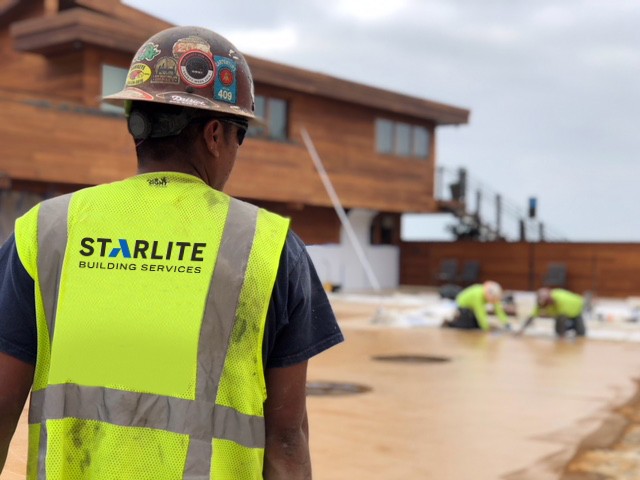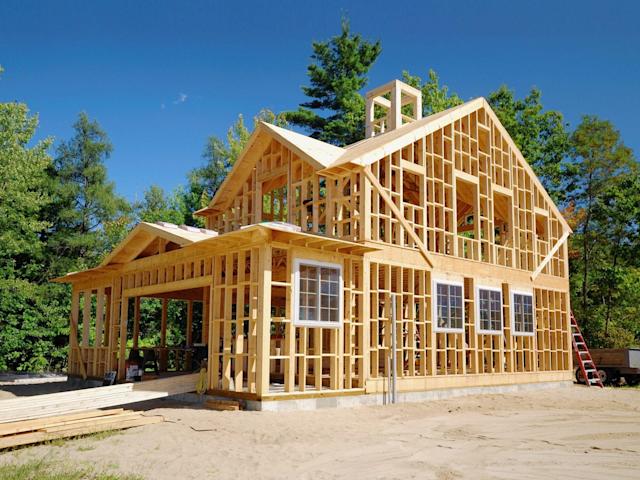As the world becomes increasingly aware of the importance of sustainable living, energy-efficient home design has gained significant attention. Not only does it help reduce your carbon footprint, but it can also lead to substantial cost savings by minimizing utility bills. In this blog post, we’ll explore the principles of energy-efficient home design, how it enhances comfort, and the steps you can take to create a more eco-friendly and budget-friendly home.
Why Energy-Efficient Home Design Matters
Energy-efficient home design is a holistic approach to building and renovating homes that prioritizes the reduction of energy consumption. This design philosophy has numerous benefits:
- Lower Utility Bills: Energy-efficient homes consume less energy, resulting in lower electricity, gas, and water bills. Over time, these savings can add up significantly.
- Reduced Environmental Impact: Energy-efficient homes reduce greenhouse gas emissions, helping combat climate change and decrease your environmental footprint.
- Improved Comfort: Energy-efficient homes often have better temperature regulation, fewer drafts, and improved indoor air quality, leading to a more comfortable living environment.
- Increased Resale Value: Energy-efficient features are highly desirable among homebuyers. Investing in energy efficiency can boost your home’s resale value.
- Healthier Living: Improved ventilation and air quality in energy-efficient homes contribute to better overall health and well-being for residents.
Now, let’s delve into the principles and strategies for creating an energy-efficient home.
Key Principles of Energy-Efficient Home Design
- Effective Insulation: Proper insulation in walls, roofs, and floors helps maintain a consistent indoor temperature, reducing the need for excessive heating or cooling. High-quality insulation materials like fiberglass, cellulose, or foam can make a significant difference.
- Energy-Efficient Windows and Doors: Invest in double- or triple-pane windows with low-emissivity coatings that prevent heat transfer. Well-sealed doors and windows prevent drafts and maintain indoor temperatures.
- Energy-Efficient Heating and Cooling: Choose energy-efficient HVAC systems that are appropriately sized for your home. Regular maintenance and programmable thermostats help optimize performance. Consider geothermal or solar options for heating and cooling.
- Energy-Efficient Lighting: Use LED or CFL bulbs that consume significantly less energy than traditional incandescent bulbs. Motion sensors and timers can also help reduce lighting costs.
- Smart Home Technology: Implement smart home technology to control and optimize energy usage. Smart thermostats, lighting systems, and appliances allow for remote monitoring and energy management.
- Sealing and Air Tightness: Properly seal gaps and cracks in the building envelope to prevent air leakage. This ensures that conditioned air stays inside the home and unwanted outdoor air doesn’t infiltrate.
- Efficient Appliances: Opt for ENERGY STAR-rated appliances, which are more energy-efficient than their standard counterparts. This includes refrigerators, dishwashers, washing machines, and more.
- Water Efficiency: Install low-flow faucets, showerheads, and toilets to reduce water consumption. Consider a tankless water heater for on-demand hot water, reducing standby energy losses.
- Renewable Energy Sources: If feasible, incorporate renewable energy sources such as solar panels or wind turbines to generate electricity and reduce reliance on the grid.

Maximizing Comfort in an Energy-Efficient Home
Energy-efficient home design goes hand in hand with comfort and quality of life. Here’s how you can maximize comfort while minimizing energy consumption:
1. Consistent Indoor Temperatures
Proper insulation, high-quality windows, and an efficient HVAC system work together to maintain a consistent indoor temperature. This means you won’t experience uncomfortable drafts or drastic temperature fluctuations, making your home more enjoyable year-round.
2. Improved Indoor Air Quality
Energy-efficient homes often feature advanced ventilation systems that bring in fresh outdoor air while filtering out pollutants. This leads to healthier indoor air quality, reducing allergens and respiratory issues.
3. Reduced Noise Levels
Effective insulation not only helps with temperature control but also reduces outside noise infiltration. You can enjoy a quieter and more peaceful living environment.
4. Natural Light and Views
Energy-efficient homes often incorporate large windows and well-designed natural lighting. This not only reduces the need for artificial lighting during the day but also provides a connection to the outdoors, promoting a sense of well-being.
5. Reduced Humidity Levels
Advanced insulation and ventilation systems help maintain optimal indoor humidity levels, preventing issues like mold growth and discomfort associated with high humidity.
6. Energy-efficient Landscaping
Consider energy-efficient landscaping, including shade trees and plants that can reduce the heat absorbed by your home. This can help maintain a more comfortable outdoor environment.
Steps to Create an Energy-Efficient Home
- Consult with an Energy-Efficiency Expert: Consider working with an energy consultant or architect experienced in energy-efficient design. They can help you make informed decisions about design and materials.
- Select Energy-Efficient Appliances and Fixtures: When choosing appliances, lighting, and plumbing fixtures, look for ENERGY STAR or equivalent labels to ensure you’re getting the most energy-efficient options available.
- Invest in High-Quality Insulation: Proper insulation is key to an energy-efficient home. Ensure it’s installed correctly and meets or exceeds local building codes.
- Seal Gaps and Leaks: Perform a thorough inspection for gaps, cracks, and leaks in your home’s envelope. Seal them using appropriate materials to prevent air infiltration.
- Upgrade Windows and Doors: Replace old, inefficient windows and doors with energy-efficient models. Look for those with low U-values and high R-values for optimal insulation.
- Consider Renewable Energy: If possible, explore the feasibility of installing solar panels or other renewable energy sources to generate electricity for your home.
- Regular Maintenance: Maintain your HVAC system, insulation, and other energy-efficient features regularly to ensure they operate at peak efficiency.
- Educate Yourself: Keep yourself informed about the latest advancements in energy-efficient technologies and practices. Energy-saving habits, like turning off lights when not in use, can also contribute to overall savings.
Energy-efficient home design isn’t just about reducing utility bills; it’s about creating a comfortable and sustainable living environment for you and future generations with the help of Harrow’s construction specialists. By prioritizing insulation, efficient appliances, and renewable energy sources, you can achieve both lower energy costs and a home that’s a joy to live in. Building or renovating with energy efficiency in mind is an investment in your comfort, your wallet, and the planet.

